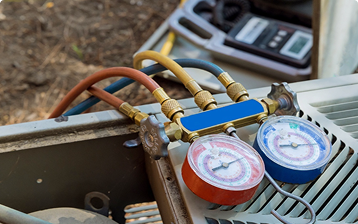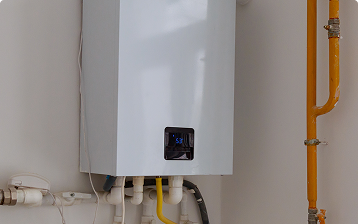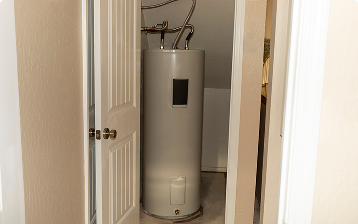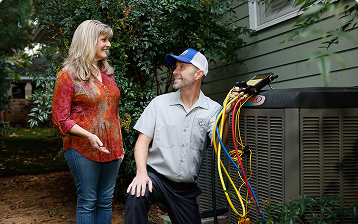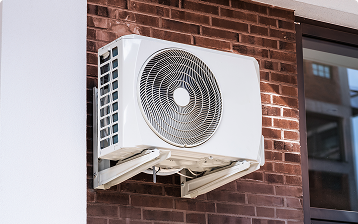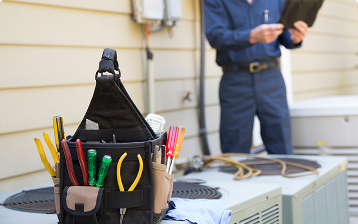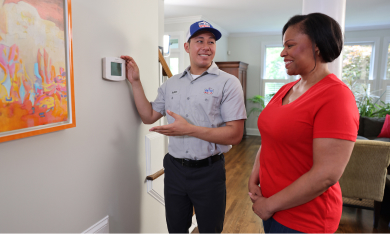

If you’re in the market for a new air conditioner or heat pump, you may have stumbled across the term “SEER rating,” which measures cooling efficiency. The higher the SEER rating, the more efficient the system is and the more you can save on your energy bills.
To help homeowners become well-informed HVAC shoppers, United Air Temp provides our SEER homeowner’s guide, which covers what SEER is, why it matters, and how to make the best choices for your next AC system.
Breaking Down the SEER Rating Definition
SEER stands for seasonal energy efficiency ratio and is calculated by dividing the system’s total cooling output by the total electricity used.
Designed to reflect real-world, seasonal performance, SEER is a highly relevant measurement that explains – even with varying temperatures and humidity levels – how much energy your system will need to cool your home.
With current regulations from the Department of Energy and the Air-Conditioning, Heating, and Refrigeration Institute, all new ACs are required to meet a minimum of 15 SEER or 14.3 SEER2 to limit environmental impacts.
The Evolution of SEER Standards Over Time
In the early 2000s, SEER became the standard measurement for measuring AC efficiency. However, in 2023, the DOE introduced SEER2, which requires stricter testing methods to better reflect real-world energy usage.
As the minimum SEER ratings continue to rise in response to climate change, homeowners can expect higher upfront costs for their HVAC units that will be offset by the long-term energy savings they offer.
Why SEER Ratings Matter for Energy Efficiency
SEER ratings are a helpful shopping tool that allows homeowners to find systems with low environmental impact and high energy savings.
Thanks to funding that aims to help homeowners make energy-efficient upgrades, these systems are often eligible for local utility provider rebates or federal tax incentives.
Choosing a system with a higher SEER rating can make a major impact on your total energy costs. For example, an 18-SEER system is almost 17% more efficient than a 15-SEER system. That means that if your annual cooling costs with your 15-SEER system is $600, you could save 17% or $100 on top of that by upgrading to the 18-SEER unit.
Common Misconceptions About SEER Ratings
There are many common misconceptions about SEER ratings:
- Higher SEER is always better: This isn’t necessarily true. Homeowners need to weigh the initial costs of a higher-SEER system against the energy savings they expect to determine if it’s the right financial decision for their home.
- SEER is the only performance metric: Other metrics, such as cooling capacity, power consumption, fan speed, decibel ratings, and more, can provide information about how well your system will function.
- A system’s efficiency is set in stone: A system’s efficiency can vary with installation quality, so choosing the right system is equally as important as choosing the right installer.
How To Make Smart Choices With SEER Ratings
Homeowners can ensure they get the best system for their home by:
- Using SEER along with ENERGY STAR® certification to find an efficient system
- Balancing budget and efficiency to meet your comfort needs
- Following a step-by-step checklist for HVAC buyers to find the best option
Choose United Air Temp
Need help finding an efficient air conditioner for your Orlando home this summer? Contact United Air Temp today for high-quality products and professional AC installation.
Our highly trained team can guide you through the selection process to help you find a system with a SEER rating that will meet your needs. Plus, we provide upfront pricing so you can make a smart investment in your home.
Contact United Air Temp today to request AC installation for your Orlando home.





